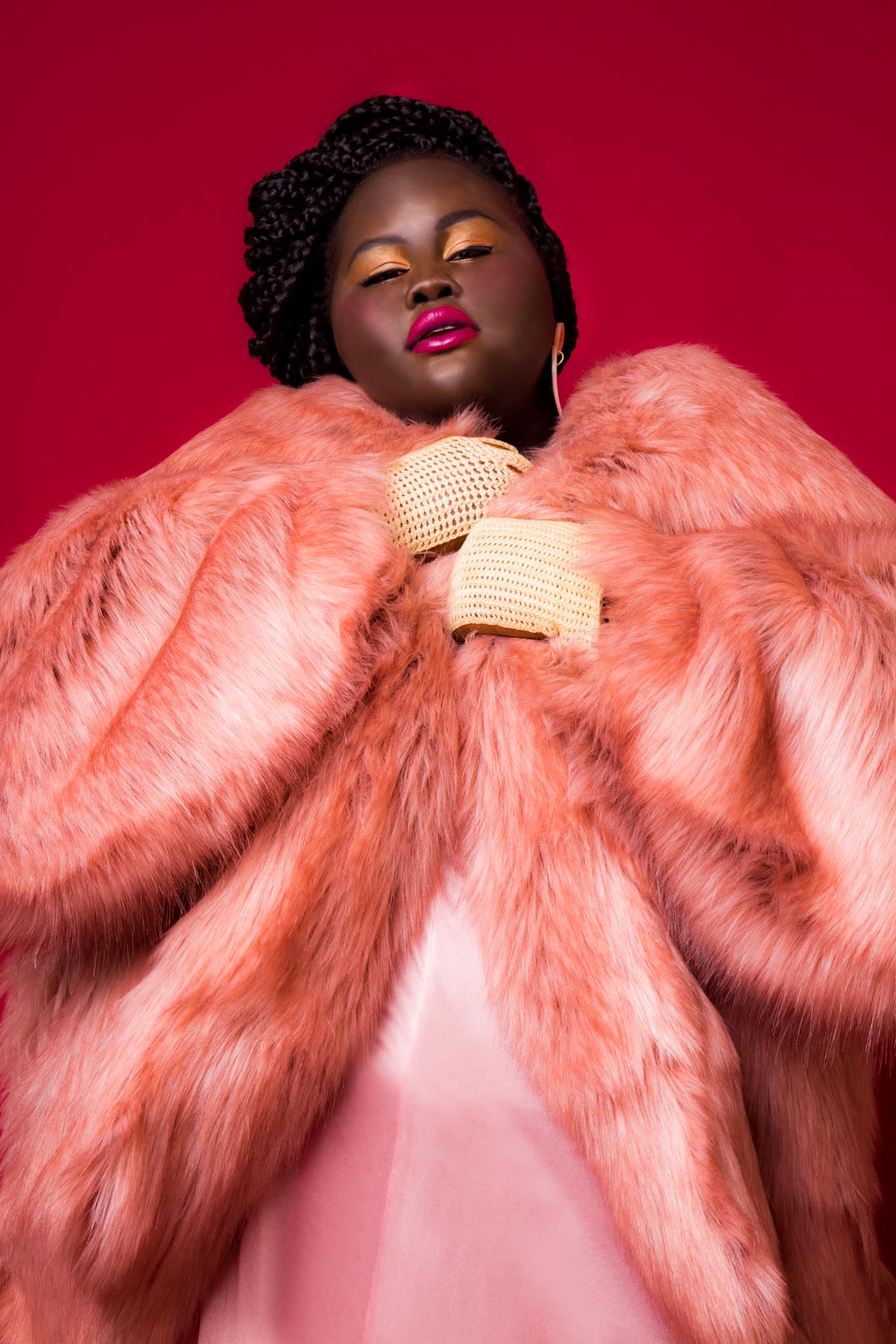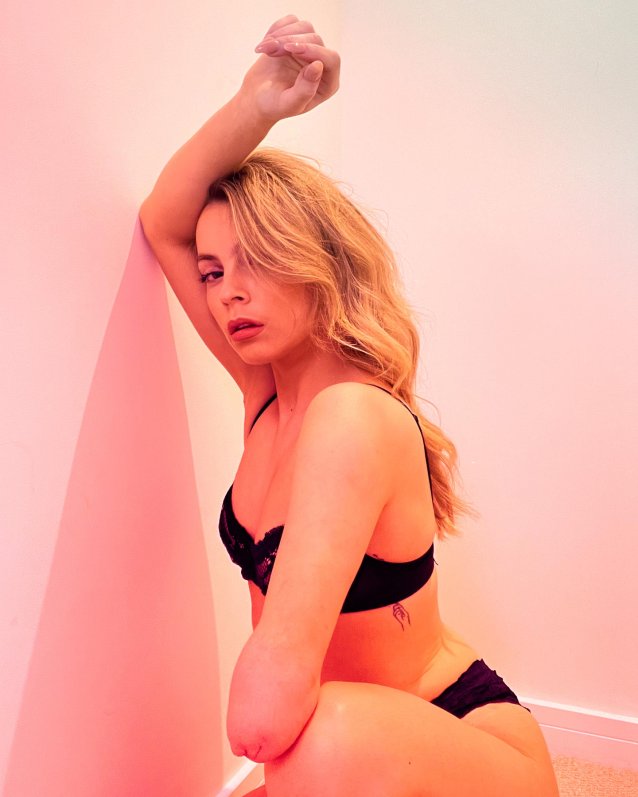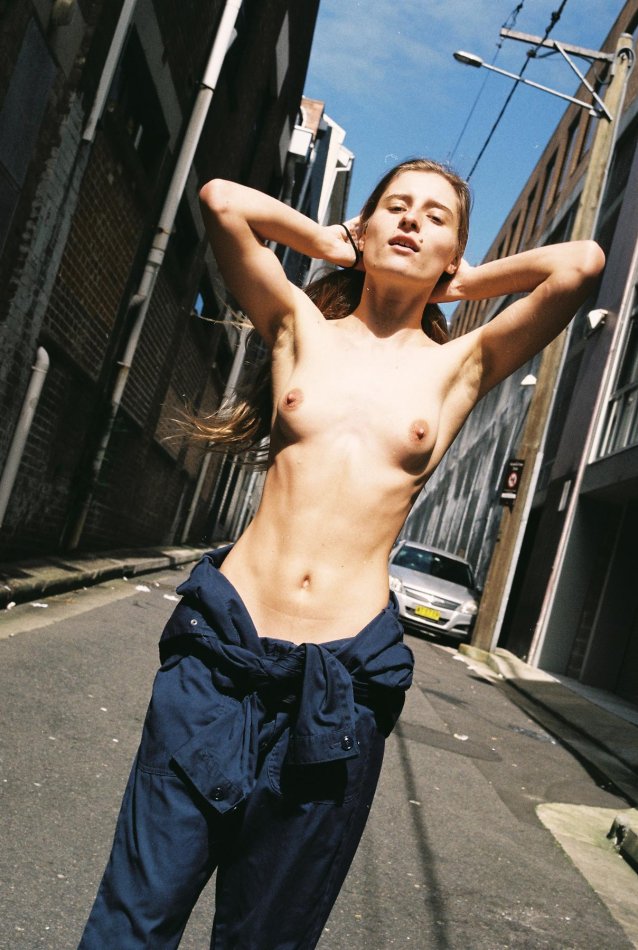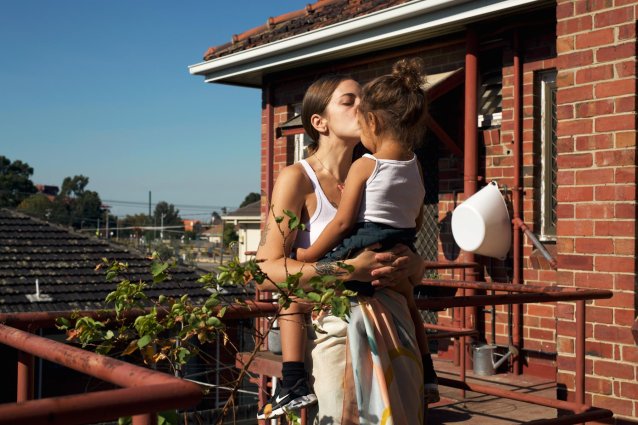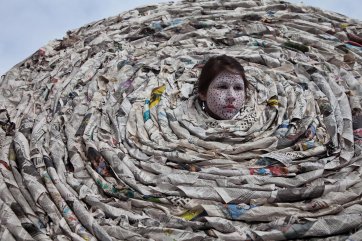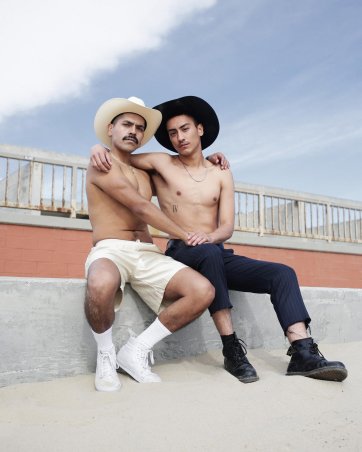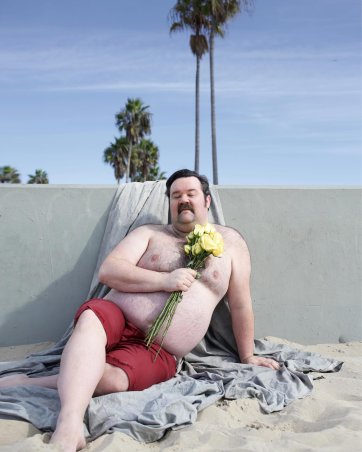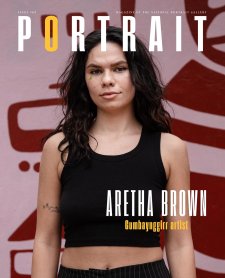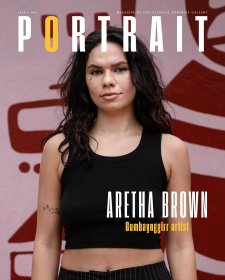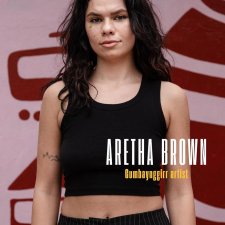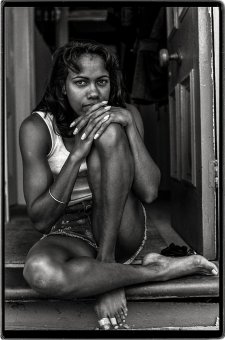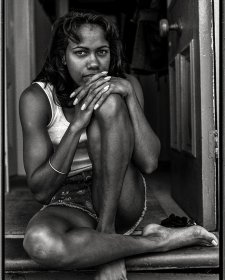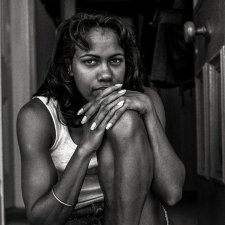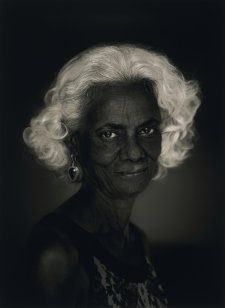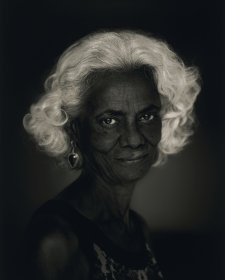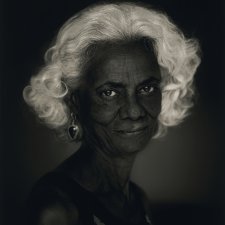Diverse and empowering representation has epitomised Archer Magazine since its launch 10 years ago. Seeing a gap for a print and online publication about sexuality and gender, Archer was designed to be inclusive of all experiences and spotlight lesser-heard voices through personal stories and empowering imagery. Here Archer publisher Amy Middleton reflects on how far the magazine has come with her images team, art and design curator Alexis Desaulniers-Lea and image curator and digital content creator Hailey Moroney.
As founder and publisher, I’ve been at the head of a small team for the full 10 years, and staff turnover has been extremely low – which is perhaps surprising given that for the first eight years we weren’t paid for our work. This likely comes down to a shared passion for celebrating marginalised people, and representing difference and diversity.
‘For many of the stories we feature in Archer Magazine, there are no images online that will do justice to the topics,’ says Alexis. ‘There are not enough images that exist that are by community, for community, especially about intersectional topics such as queer people who have been incarcerated, people who are gender-diverse and First Nations, for example, or people living with certain disabilities. There are still many marginalised communities that are not featured in fashion shoots or editorials, so you really have to dig, and if the images aren’t there, then we do our best to make them exist – and stay under the budget, and within the time-crunch of print.’
When platforming the stories and artwork of marginalised people, while also being marginalised ourselves as members of intersecting communities, there is a need to stay humble and transparent, and work from a place of empathy, humanity and respect. ‘We give contributors agency,’ says Hailey. ‘Our contributors and models have a say over how they’re represented, how their work is portrayed, and we are transparent about everything from the get-go.’
Part of Archer’s mission statement is to respect the ways people want themselves represented. While this can pose a lot of editorial challenges, we want to set an example for the wider media that people’s stories and experiences should be treated with care. ‘So much of our process is about making sure those who we platform feel held, supported and safe,’ Hailey says. ‘We want to ensure the artist knows that we’re not trying to take their work and use it; we want to give them a platform.’
From the early days of internet-diving for images and cold-calling photographers, we now have huge networks of people from diverse and intersecting communities. We are also supported by Drummond Street Services, a health and support-based organisation that acquired Archer during the pandemic, providing financial support to save us from closure.
Hailey and Alexis are passionate about promoting the work of lesser-known individuals, as well as profiling bigger names, and we don’t make content about a community or experience without involving people who are directly impacted. ‘With many of the issues, I try to make the content accessible to readers,’ Hailey explains. ‘Some of the stories are really heavy, so the images visually allow readers to take a deep breath and get a break from the trauma.’
Alexis agrees: ‘In the queer community, we can sometimes hear a lot about the trauma before we hear about the joy, and that can get really exhausting for all of us. So we try to make it engaging and bring warmth to topics that might be hard to digest.’
